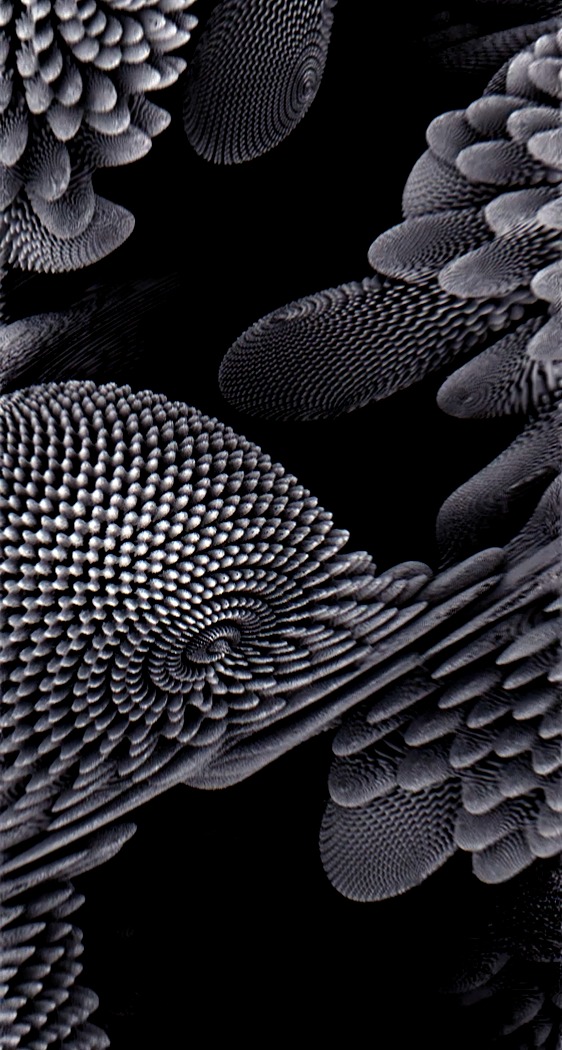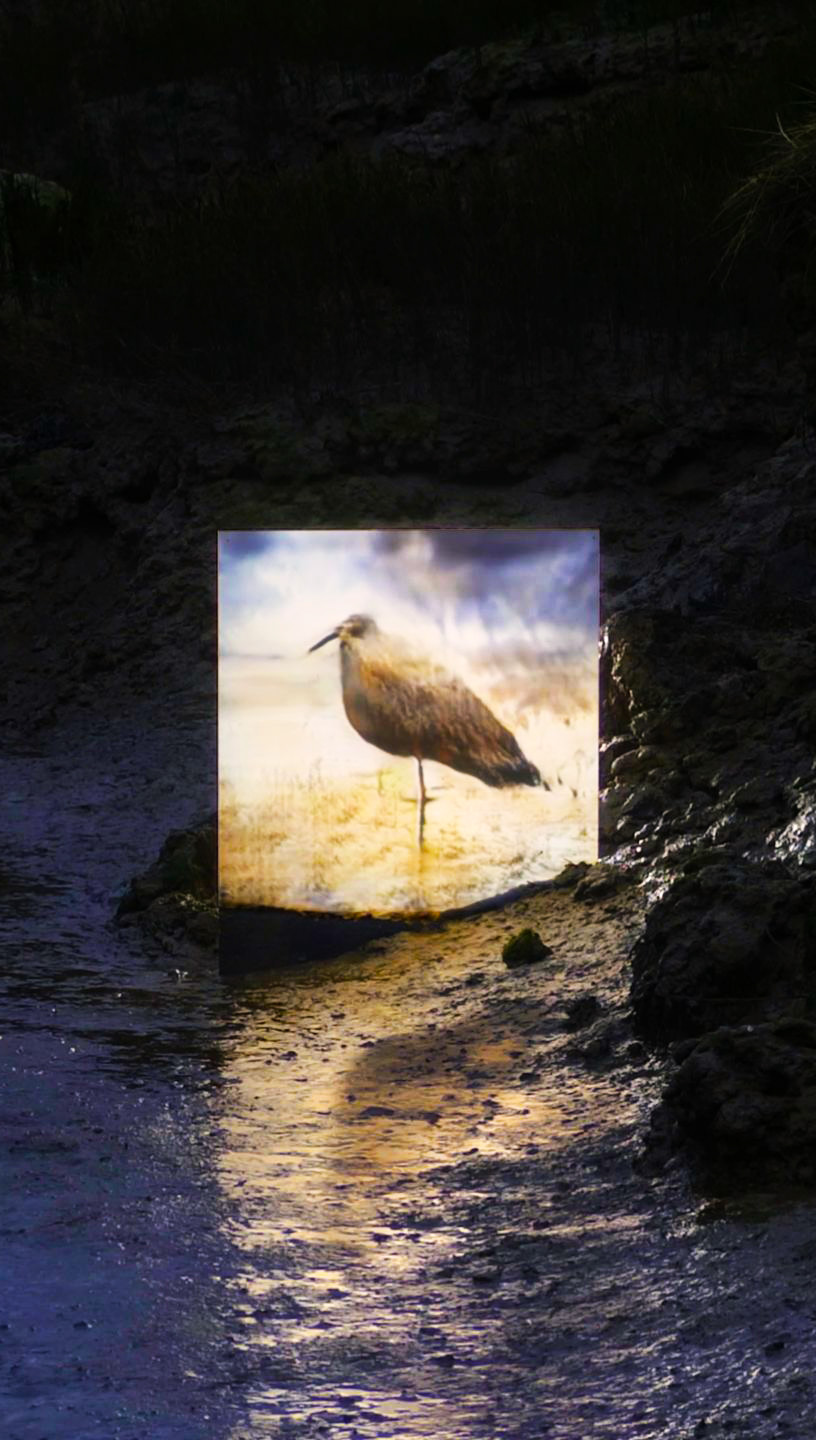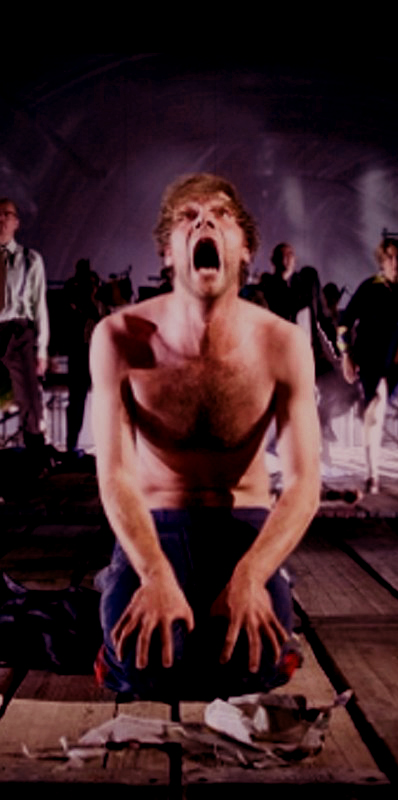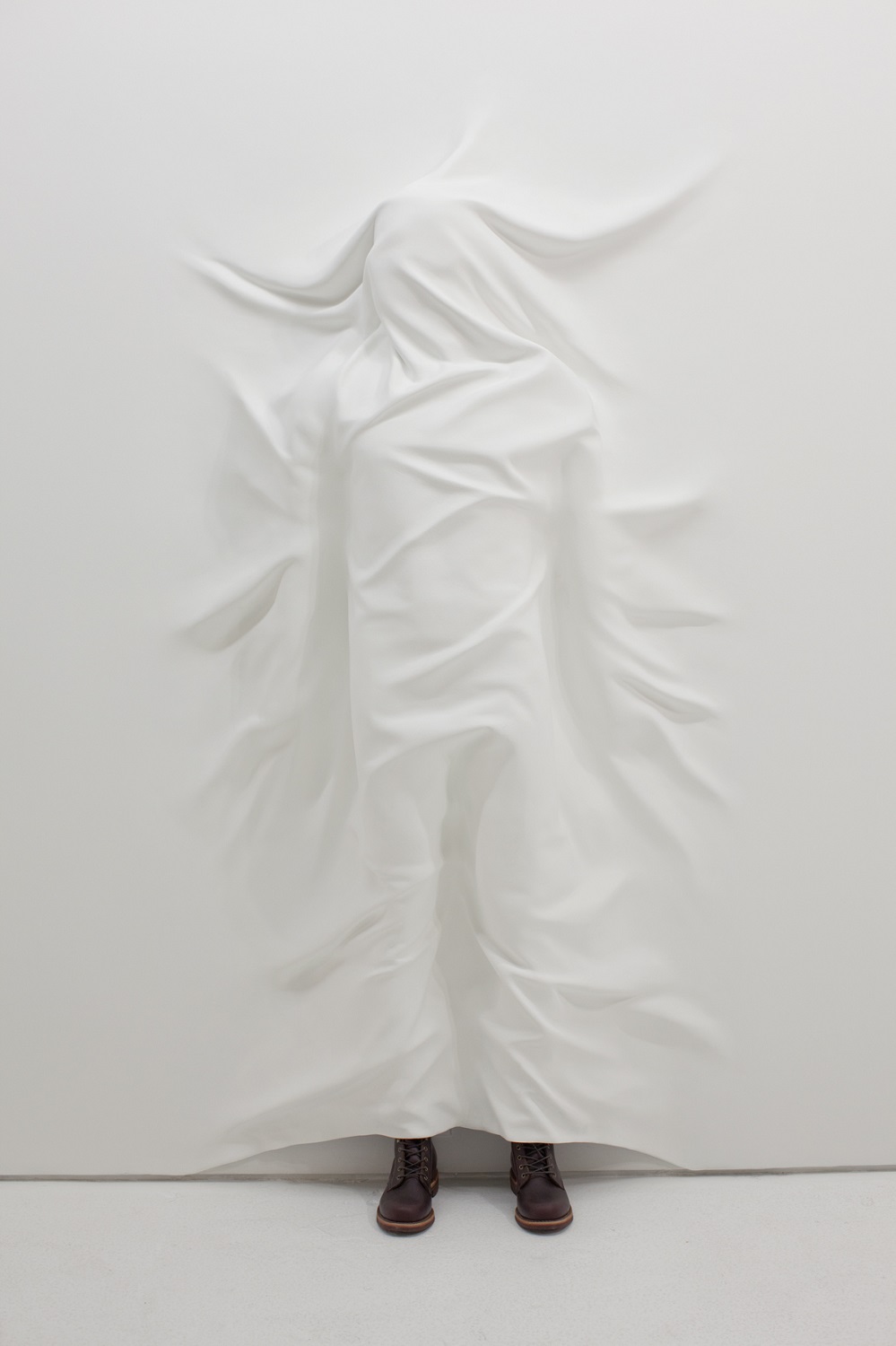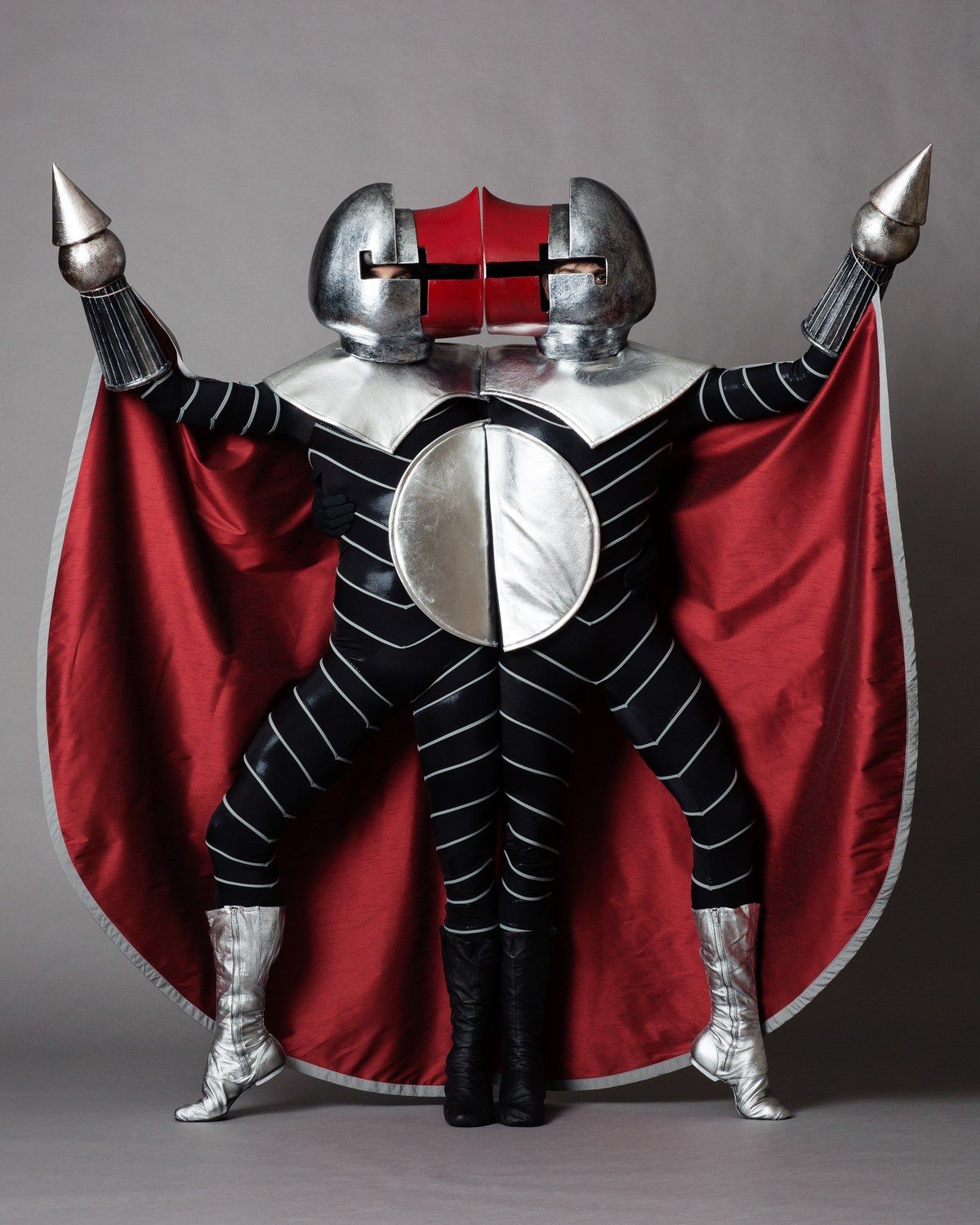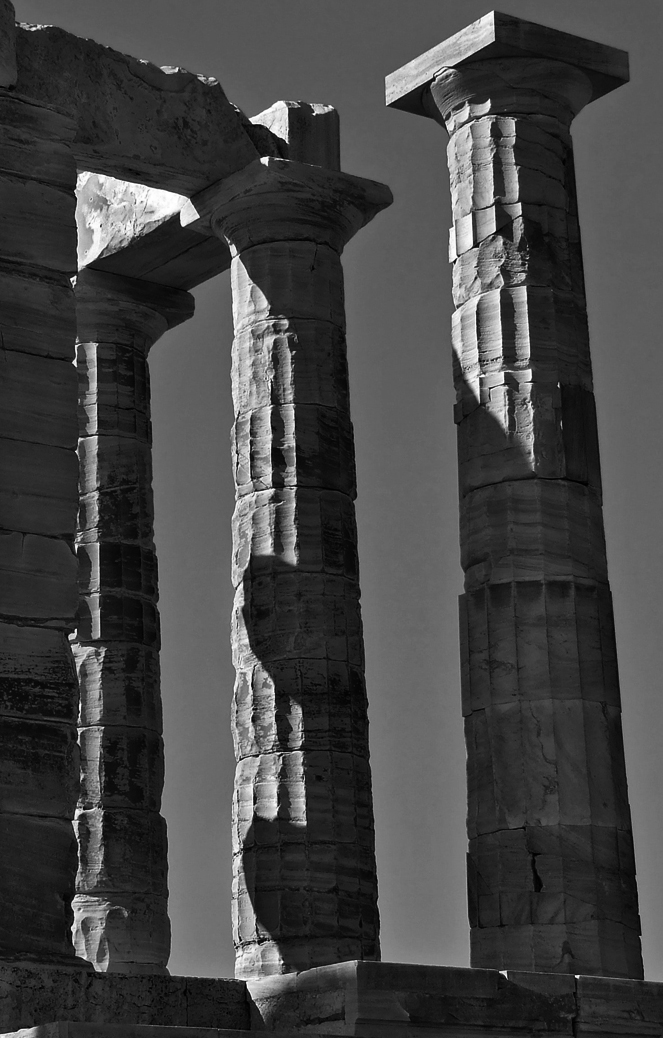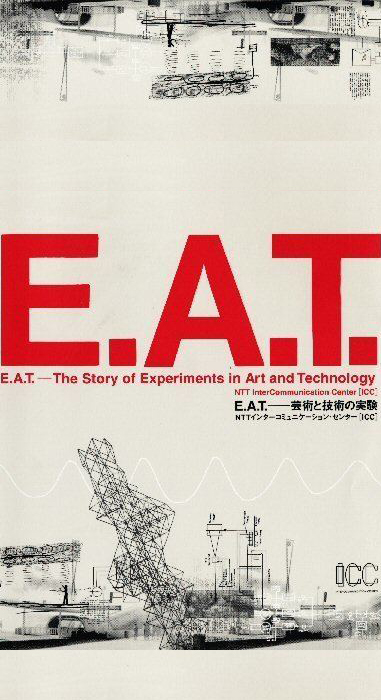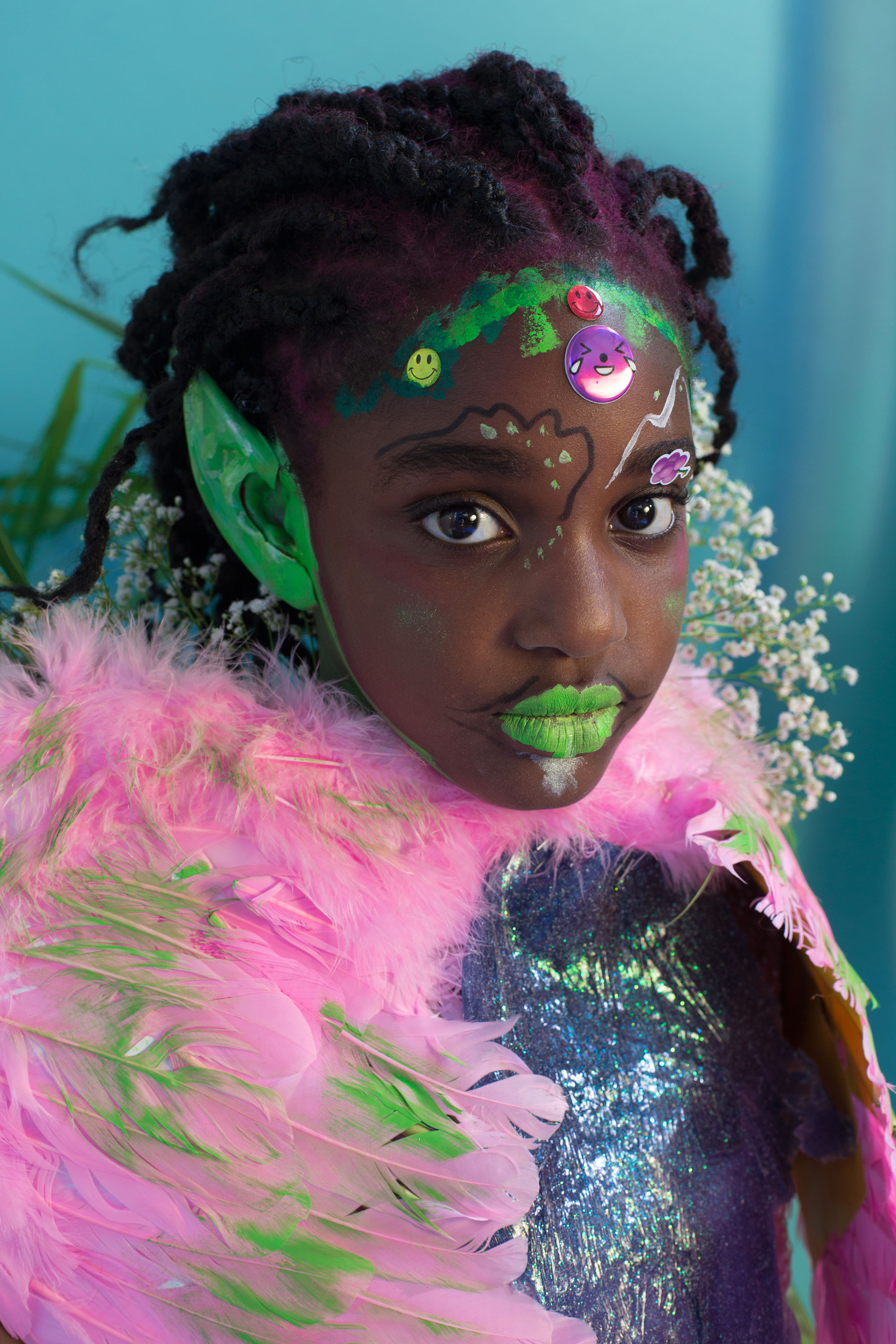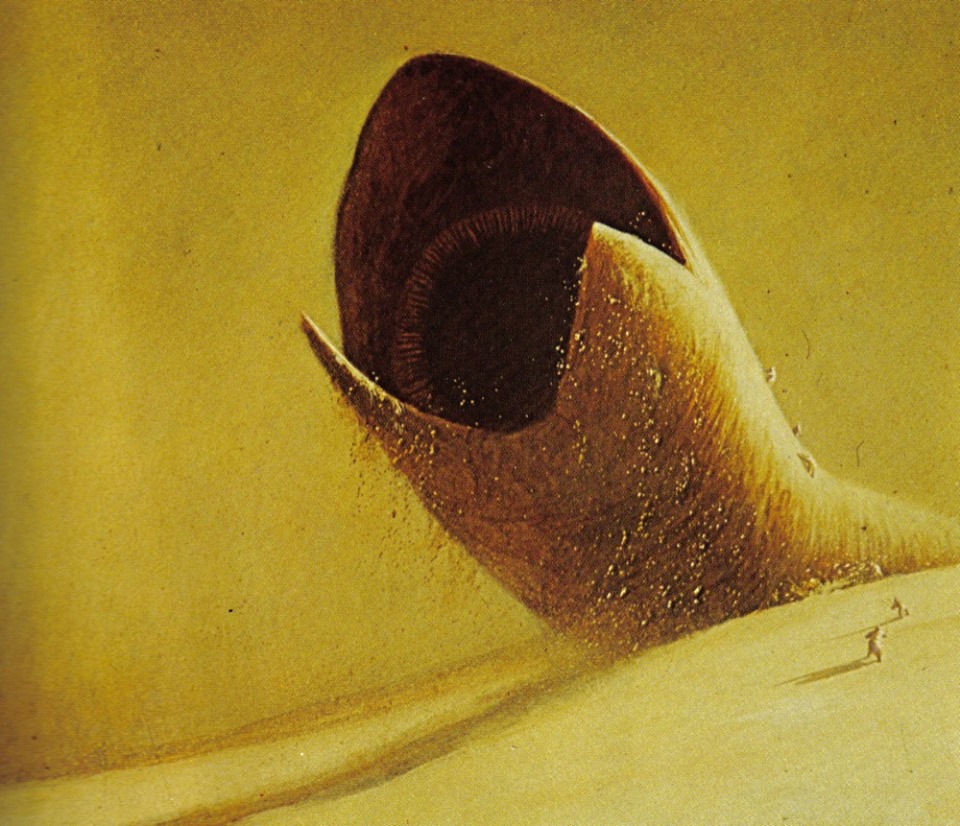
FREDERIK HEYMAN
Formalidade Cerimonial
O trabalho de Frederik Heyman é um ato de equilíbrio que incorpora várias mídias – incluindo vídeo, instalações e fotografia – muitas vezes em um ambiente digitalmente alterado. Em seu trabalho, Heyman explora a memória e a duração, usando fotogrametria e digitalização 3D para retratar e representar a passagem do tempo. As marcas registradas do trabalho de Heyman são mecânicas e tecnológicas: fios, rodas, letreiros LED de rolagem, armações de metal, pinças, lâmpadas industriais, telas e câmeras. Corpos – ao contrário dos humanos – estão sujeitos a uma dinâmica incomum com essas armadilhas tecnológicas. Em Cerimonial Formality (2020), uma contorcionista está presa em uma gaiola de metal enquanto um espectador, preso a fios, observa.
.
Zeremonielle Formalität Frederik Heymans Arbeit ist ein Balanceakt, der mehrere Medien einbezieht – darunter Video, Installationen und Fotografie – oft in einer digital veränderten Umgebung. In seiner Arbeit erforscht Heyman Gedächtnis und Dauer, indem er Photogrammetrie und 3D-Digitalisierung verwendet, um den Lauf der Zeit darzustellen und darzustellen. Die Markenzeichen von Heymans Arbeit sind mechanisch und technologisch: Drähte, Räder, scrollende LED-Schilder, Metallrahmen, Pinzetten, Industrielampen, Bildschirme und Kameras. Körper unterliegen bei diesen technologischen Fallstricken – anders als der Mensch – einer ungewöhnlichen Dynamik. In Ceremonial Formality (2020) ist ein Schlangenmensch in einem Metallkäfig gefangen, während ein kabelgebundener Zuschauer zuschaut.



